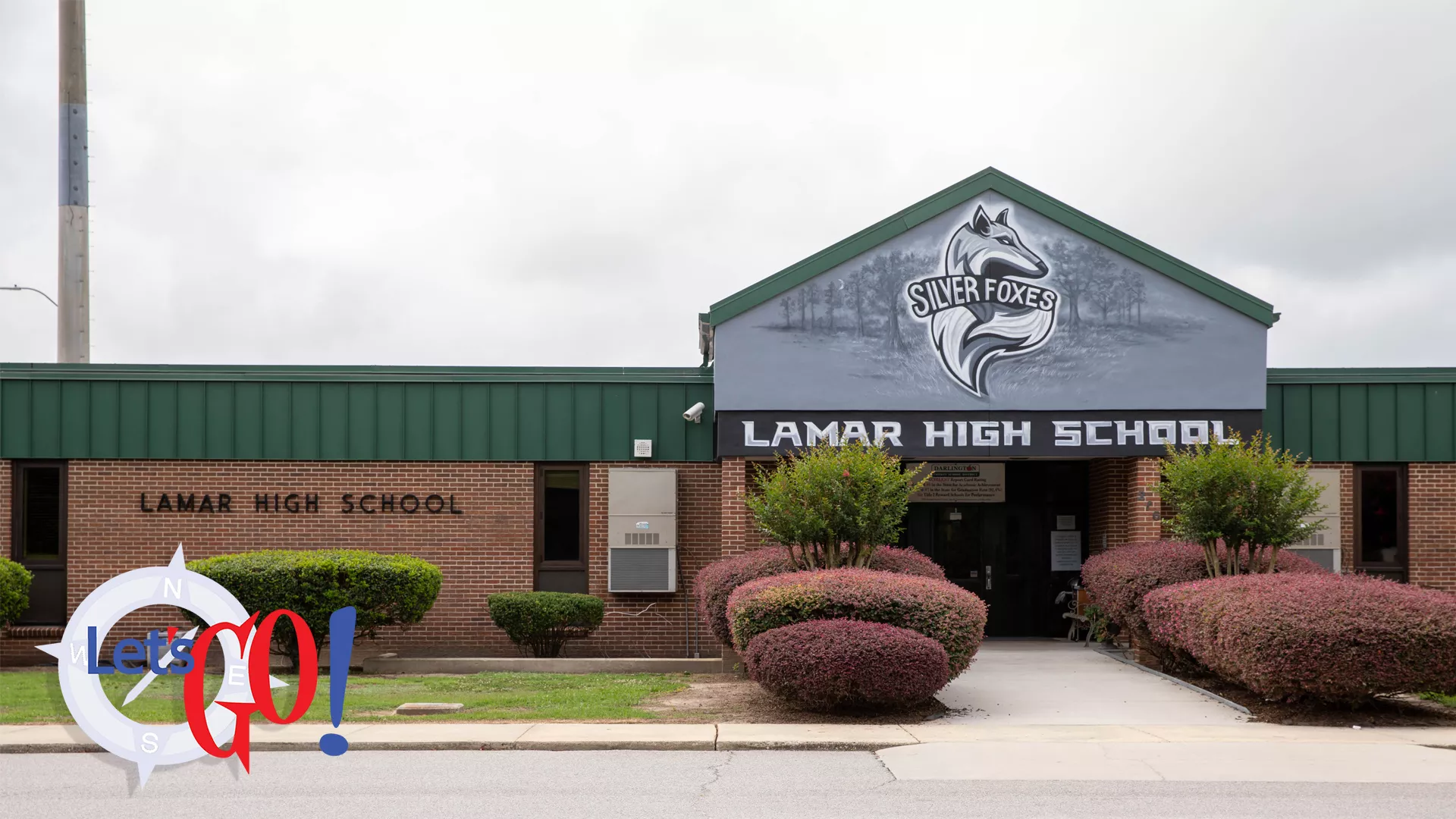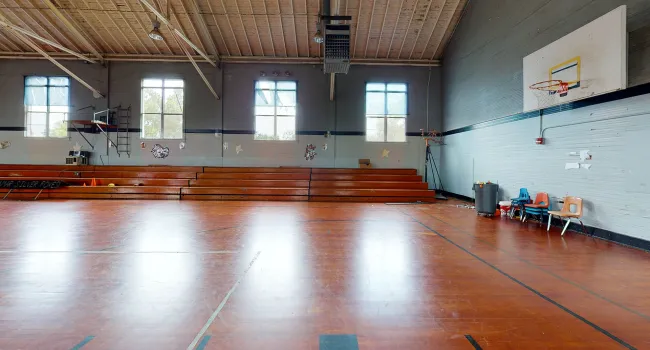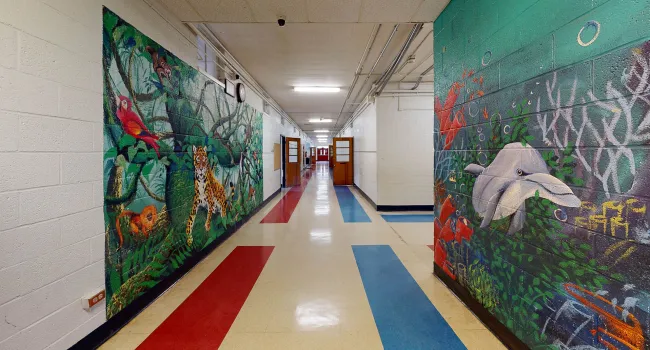
Video
Lamar High School in Darlington County, South Carolina, was the site of an attack on school buses carrying African American students to the campus on March 3, 1970. In January 1970, the 4th Circuit...
Lamar High School in Darlington County, South Carolina, was the site of an attack on school buses carrying African American students to the campus on March 3, 1970. In January 1970, the 4th Circuit Court of Appeals of the United States ordered Darlington County Public Schools to immediately integrate by February 18, 1970. While there was compliance in much of the county, many white parents in Lamar strongly objected to integration. Local businessman Jeryl Best led a group, Citizens for Freedom of Choice, in a boycott of the segregated white schools in the Lamar area from February 18 to March 3. African American parents boycotted the segregated schools for two weeks, concerned there would not be federal protection for their children. A.W. Stanley, the president of the Darlington NAACP Branch, voiced the rising danger of violence to the County Superintendent of Education and urged him to request federal assistance.
As the county and public schools continued to try to comply with the court order, the Citizens for Freedom of Choice began protesting at Lamar High School on March 2. The South Carolina State Law Enforcement Division, known as SLED, came in and dispersed the crowd. On March 3, a crowd of 200 white men and women attempted to prevent buses from entering the school grounds, and then attacked three buses carrying students. The violent mob broke out windows, shot the buses, and disabled them before turning them over and threw bricks at the older African American students who fled. In the months after the riot, A.W. Stanley and the NAACP in Darlington County called on the federal government to investigate the riot. They also published the accounts of seven of the victims that got turned over: Ronald Bacote, Clarence Brunson, Edward Lunn, Annette Johnson, David Lunn, Sally Mae Wilds, and Woodrow Wilson Jr. Twenty-eight people were arrested for their participation in the riot, and the violence was condemned by Governor Robert McNair and President Richard Nixon’s Administration.
In the school tour you will learn about the lead up to the attack, the white attack, and the arrests. In the gym tour you will learn about the response, aftermath, and commemoration of the Lamar Bus Riot.

Video
Lamar High School in Darlington County, South Carolina, was the site of an attack on school buses carrying African American students to the campus on March 3, 1970. In January 1970, the 4th Circuit...
Interactive
Lamar High School in Darlington County, South Carolina, was the site of an attack on school buses carrying African American students to the campus on March 3, 1970. In January 1970, the 4th Circuit...
Interactive
Lamar High School in Darlington County, South Carolina, was the site of an attack on school buses carrying African American students to the campus on March 3, 1970. In January 1970, the 4th Circuit...
Photo
Lamar High School in Darlington County, South Carolina, was the site of an attack on school buses carrying African American students to the campus on March 3, 1970. In January 1970, the 4th Circuit...
Lesson
Students will understand and analyze the impact of the Brown vs. Board of Education court case and how it changed the lives of American citizens and public schools.